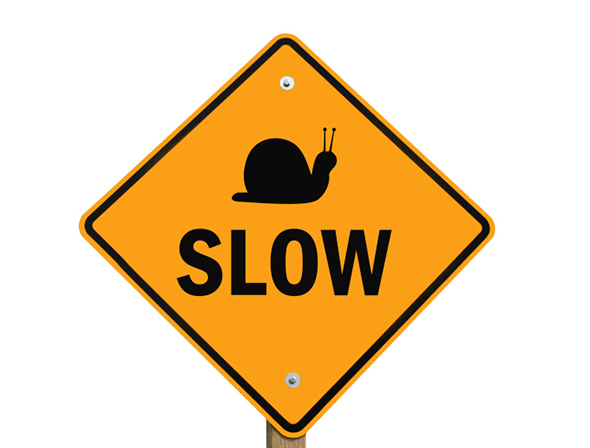 There’s a radio station you may have never heard of, but it’s one you need to tune into each and every day if you really want to grow your business. It’s called WIIFM, and it stands for “What’s In It For Me.”
There’s a radio station you may have never heard of, but it’s one you need to tune into each and every day if you really want to grow your business. It’s called WIIFM, and it stands for “What’s In It For Me.”
Yes, this is a fictional radio station, and yes, it’s a bit cheeky, but the message is one you can’t ignore. Your customers are being bombarded with messages every single day. The only messages that will register are those which adhere to the WIIFM principles.
You must clearly spell out what’s in it for them, or your listener will quickly tune you out.
Here’s a good quote to remember from Wikipedia founder Jimmy Wales:
“It’s actually surprising how many people don’t follow this simple guideline of courtesy. I often get long, tedious emails from people explaining to me in great detail how I can help them and how great it would be for them if I would work on their project, or endorse it, etc. But they fail to consider my context. Why should I care, and even if I do care, why should I act on this rather than any of a thousand other things?”
This is what your prospects and customers are thinking every time you broadcast your messages. So recall this quote when you sit down to create your message, whether in print, web, social media, or any other communication channel.
Are You A Little Bit Country or Rock n’ Roll?
To understand what your prospects want to listen to or what they regard as important to them, you need to speak with and understand your customers. Pick up the phone, conduct surveys, go visit your customers, and take them out to lunch or coffee. There are many ways to find answers to this very important question.
Rome Was Not Built In One Day
Pablo Picasso painted over 5,000 drawings and images that very few people cared about at the time. But during the same period, he also created masterpieces that the world loves to this day. Don’t expect to find answers the first time you visit a client. Keep asking, probing, and analyzing your findings until the answer becomes crystal clear.
Seth Says
If you’re not attracting the right prospects to your business or converting them into customers, selling products, or building a strong brand in your community, it may be because you’re not clearly stating what’s important to your audience. Seth Godin said it best:
“Ten years later and the ego pendulum has clearly swung in the direction of the virus. That’s what we brag about and what is too often measured. How many eyeballs are passing by is a useless measure. All that matters is how many people want to hear from you tomorrow. Don’t try to convert strangers into customers. It’s ineffective and wasteful. Instead, focus on turning those momentary strangers into people eager to hear from you again and again.”
Favorite Station
Building and growing a lasting business brand takes a little work. Attracting audiences that care about what you have to say comes down to providing value for the type of audience you want to attract. You now know how to find out what they care about. Take those findings and craft the type of messages your listening audience will never want to tune out. When you do that, your channel will become one of the coveted favorite stations of your listening audience.










